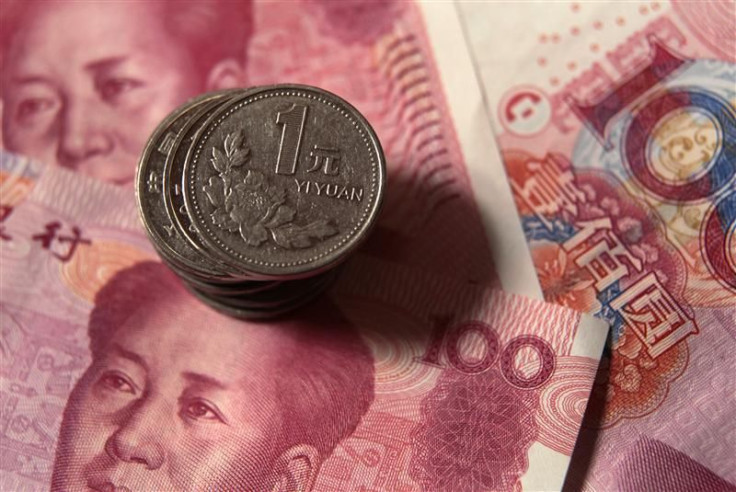China Manufacturing Activity Improves In April: HSBC PMI

China’s manufacturing activity improved in April compared to March but continued to contract for the sixth straight month, according to the preliminary HSBC flash Purchasing Managers Index (PMI) released Monday.
The preliminary reading of the PMI, a measure of the nation-wide manufacturing activity, rose to 49.1 in April compared to 48.3 in March, alleviating to a certain degree apprehensions about soft global demand and reduced real estate investment in the world's second-biggest economy.
Meanwhile, the PMI Employment Index rose only slightly from March's three-year low, registering the fourth month-on-month decline in staff numbers in the past five months.
This is a particular concern for the authorities, especially as growth of first quarter gross domestic product (GDP) was barely above the 8.0% threshold seen as the level of economic expansion required to keep pace with population growth and therefore prevent unemployment from rising, Chris Williamson of Markit Economics said.
Since the reading is below 50, the index continues to remain in the area of contraction. At the same time, the rise in the reading should ease fears concerning a sharp slowdown.
This could also dispel fears of a hard landing after data showed earlier this month that China's gross domestic product growth slowed to 8.1 percent in the first quarter, the lowest rate in three years.
The continuing debt crisis in Europe and the tentative US recovery have hurt demand for exports, the key driver of China's economy. Faced with slowing growth and persistent inflationary pressures, China is in a bind regarding policies for the real estate market. Income from land sales and property transaction-related fees has long been a source of revenue for the country's local governments.
Beijing has already said its goal this year would be promoting steady, robust economic development, keeping prices stable and guarding against financial risks by keeping money and credit supplies at appropriate levels while being cautious and flexible. Recent data suggest that demand from the US is still holding up, but the Eurozone debt crisis also indicates that demand from Europe is unlikely to provide much support over the months ahead.
In recent months, China cut the percentage of cash reserves twice in a bid to spur lending to small businesses. Already the net new lending in March was the highest since January 2011, suggesting that monetary policy easing is starting to have an effect.
Also China is planning to ease monetary policy further to boost liquidity in the financial system and help the economy regain growth momentum it lost in recent times. The People's Bank of China is expected to boost interbank liquidity by reducing the cash reserve ratio (CRR) requirement for banks or the share of deposits lenders have to maintain with the central bank.
© Copyright IBTimes 2024. All rights reserved.





















